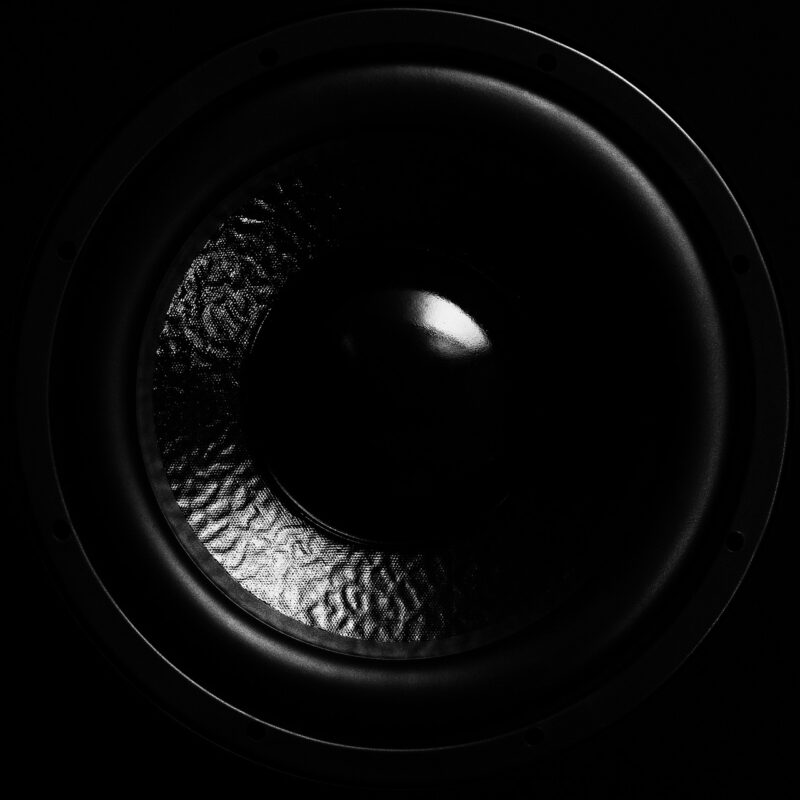How to Choose the Perfect Subwoofer for Deep, Immersive Sound
November 13, 2024

When it comes to enhancing your home audio experience, a subwoofer is often considered the cornerstone of a true immersive sound setup. Whether you’re a movie enthusiast looking to feel every explosion or a music lover wanting to hear those low bass notes sung by your favorite artists, a well-chosen subwoofer can elevate your audio experience to new heights. In this guide, we will decode the complexities of selecting the perfect subwoofer that suits your preferences and space.
1. Understanding the Importance of a Subwoofer
Subwoofers are specifically designed to reproduce low-frequency sounds (typically around 20Hz to 200Hz). These low-end frequencies are crucial for a full-bodied sound experience in movies and music. If you’ve ever watched a film with intense action scenes or listened to music that makes you want to dance, then you’ve felt the difference a good subwoofer can make.
Here’s why a subwoofer is essential:
- Enhanced Bass Response: Subwoofers deliver the rich bass tones that standard speakers can’t. This means you feel more immersion while watching movies, and music isn’t just heard, it’s felt.
- Overall Audio Balance: Including a subwoofer helps balance the frequency response of your audio system. This is particularly important in home theater setups where a variety of sounds are present.
- Improved Listening Experience: By focusing on the lower frequencies, your main speakers can perform better at their designated range, leading to a clearer overall sound quality.
2. Types of Subwoofers
Before you dive into selecting a subwoofer, it’s critical to understand the different types available on the market. Each type has its unique features, benefits, and limitations.
- Passive Subwoofers: Passive subwoofers require an external amplifier to power them. They usually provide flexibility in terms of customizing your setup but require additional investments in amplifiers.
- Active Subwoofers: Active subwoofers have built-in amplifiers, making them easier to install and set up. They are often seen as more user-friendly and are a great choice for beginners.
- Front-Firing Subwoofers: These subwoofers have the speaker driver facing forward, which allows for direct sound projection. They are typically easier to place and perform well in various arrangements.
- Down-Firing Subwoofers: Down-firing subwoofers have the driver facing the ground, which allows them to utilize the floor to enhance bass response. They tend to provide deeper bass but may require careful placement to avoid unwanted buildup of sound waves.
Understanding the types of subwoofers will guide you in your choice based on your specific needs.
3. Key Specifications to Consider
Once you know the types, it’s time to focus on specifications. A few critical features will affect the performance of your subwoofer and your overall audio experience:
- Frequency Response: Look for a subwoofer with lower frequency response (around 20Hz) for deep bass. The broader the frequency range, the better your subwoofer will reproduce different sounds, particularly those low tones in music and movies.
- Power Output (RMS): RMS (Root Mean Square) measures the continuous power a subwoofer can handle. Higher power output usually means more impactful sound. Ensure your power requirements align with your receiver or amplifier capabilities.
- Driver Size: Common driver sizes range from 8 to 18 inches. Generally, larger drivers can produce lower frequencies more effectively, but they also need more power and space to perform optimally.
- Port Design: Subwoofers can be ported or sealed. Ported designs enhance bass efficiency while sealed models offer more accurate sound. Your choice should align with your listening preferences and space constraints.
Checking these specifications will help you match a subwoofer with your home audio needs and preferences.
4. Room Size and Placement
The size of your room plays a significant role in the efficacy of your subwoofer. A subwoofer that sounds amazing in a small room may overwhelm a larger space. Similarly, bass can become overpowering and boomy in certain areas if not positioned correctly.
Consider the following tips:
- Small Rooms: For smaller rooms, an 8 to 10-inch subwoofer might suffice. Maintain the subwoofer’s proximity to walls to augment the sound, but avoid corners where the bass can become excessively boomy.
- Medium to Large Rooms: A 10 to 15-inch subwoofer is ideal for medium to large rooms. Experiment with placement, using the ‘subwoofer crawl’ technique—place the subwoofer in your main listening location and move around the room to find the best placement.
- Corner Placement: Placing the subwoofer in corners can amplify bass response, but you may lose clarity. A balance between sound power and clarity should be your goal.
Understanding your room’s dimensions and acoustics is essential for optimal subwoofer performance.
5. Budget Considerations
Subwoofers come at varying price points, ranging from budget-friendly options to high-end models. Establishing a budget will help narrow your choices without compromising quality. However, remember to consider:
- Long-Term Investment: A quality subwoofer might be a higher initial investment, but it can provide improved longevity and performance, making it cost-effective in the long run.
- Test Performance: If possible, listen to subwoofers before purchasing. Audio equipment often sounds different in-store than in your home. Look for models that allow for trials or have good return policies.
- Find the Right Balance: Rather than choosing based solely on price, evaluate performance, features, and reviews from trusted sources in audio communities to ensure you’re getting value for your investment.
Aligning your budget with your audio requirements will guide you towards making a sound investment.
6. Subwoofer Brands and Recommendations
Understanding the landscape of subwoofer manufacturers can aid in making an informed decision. Some trusted brands include:
- SVS: Known for high-performance models that deliver exceptional sound quality across sizes.
- Klipsch: Offers premium subwoofers with a strong reputation for deep bass, suitable for home theaters and music setups alike.
- Pioneer: Provides budget-friendly options without sacrificing audio performance, making them a great choice for casual listeners.
- Yamaha: Renowned for their versatile sound options, offering quality models that cater to both music and movie lovers.
Each of these brands offers a variety of options catering to different needs and budgets. Reading reviews and understanding user experiences can also strengthen your decision-making process.
7. Conclusion: Selecting Your Perfect Subwoofer
Choosing the right subwoofer can transform your listening experience, providing the deep and immersive audio that truly brings your favorite movies and music to life. By considering the types of subwoofers, their specifications, room sizes, budget, and overall brand reputation, you can confidently make your choice.
Investing time in this selection process ensures that your subwoofer not only complements your current audio system but also elevates your entire entertainment setup for years to come. Take the plunge, and embrace the thrilling depths of sound with the perfect subwoofer for your audio paradise.








